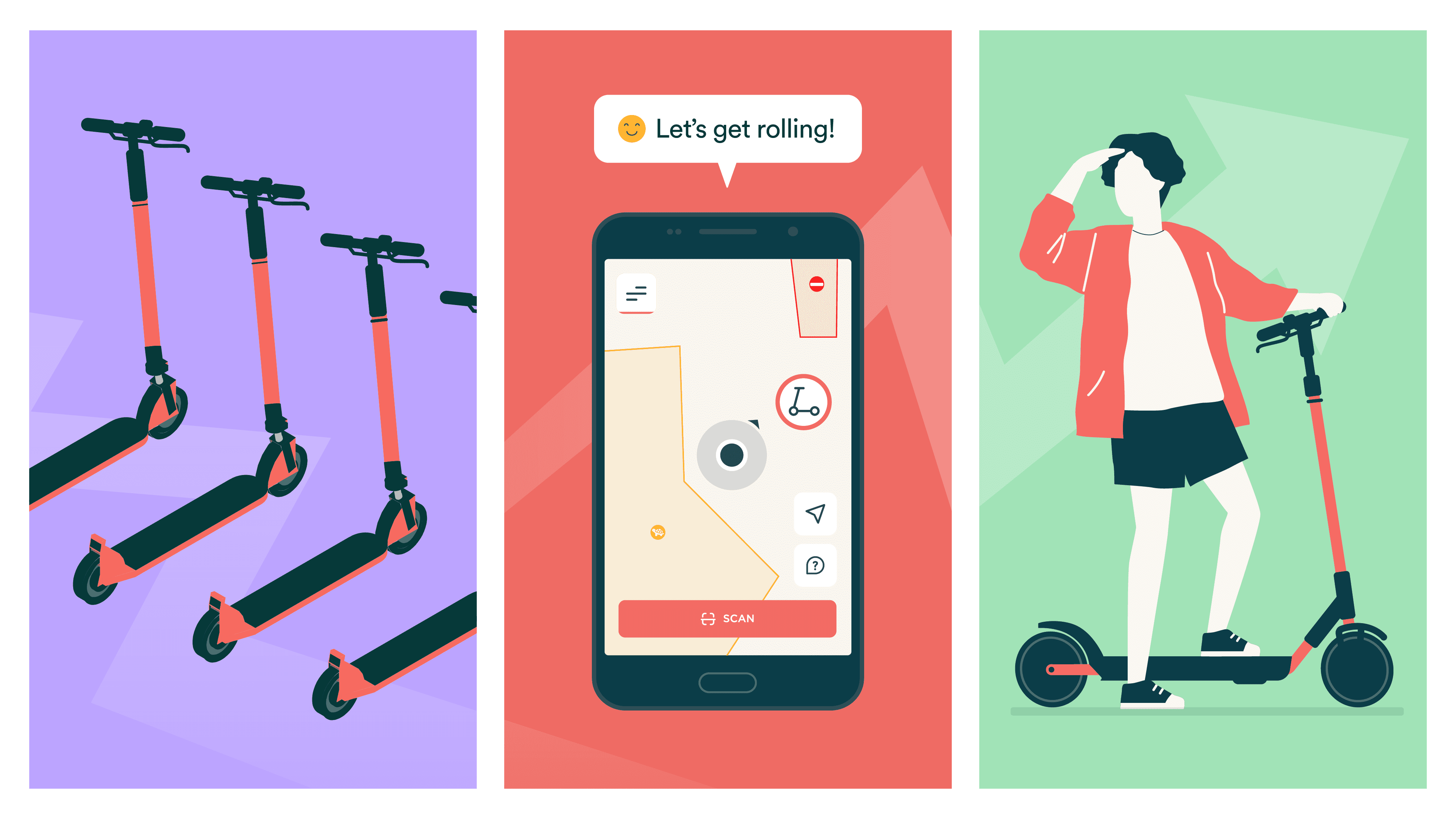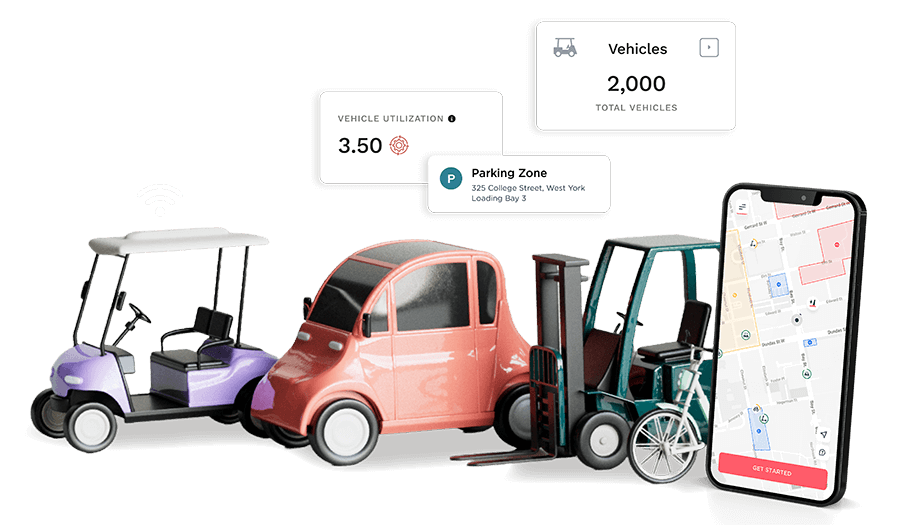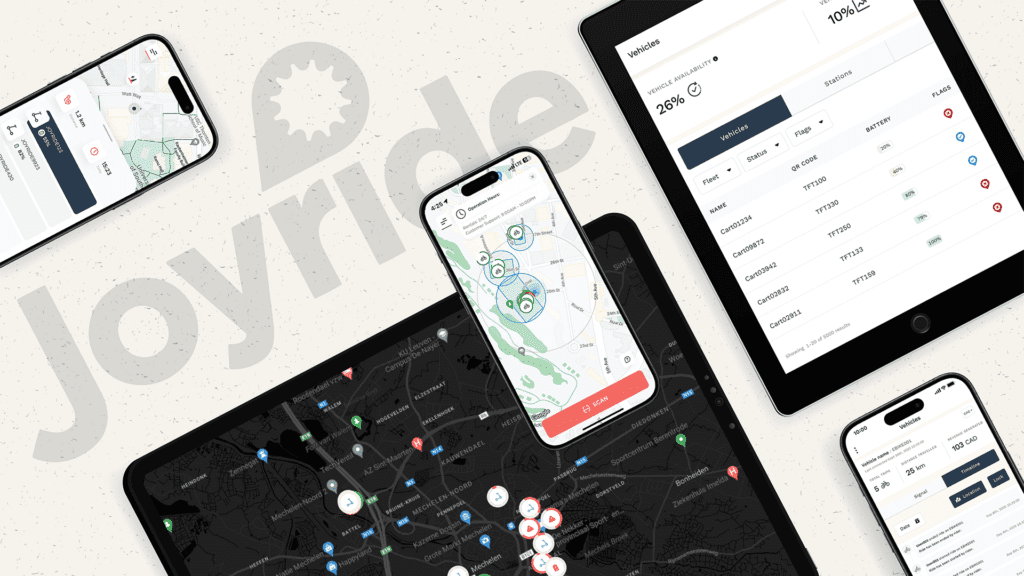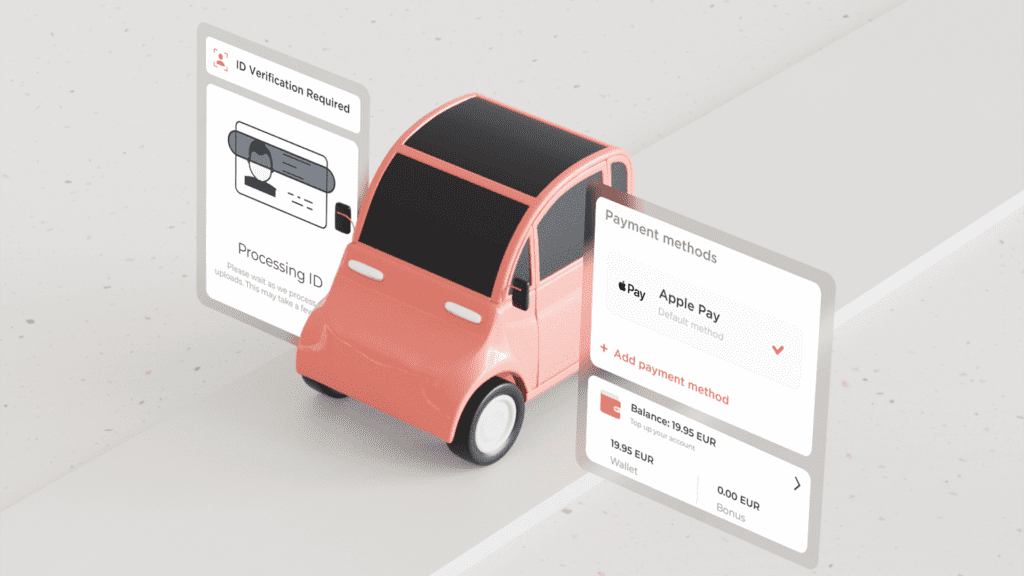When it comes to forecasting and planning in urban mobility sharing, preparations for the spring season are in full swing. Operators who hibernate their scooter and e-bike fleets are tuning up micromobility vehicles and training new hires, and those who carried on through the colder months are ramping up deployments to meet the incoming fair-weather demand.
Looking for tips? It comes down to two things: marketing and operational readiness. Scroll on to learn what micromobility operators can do to go full speed ahead into the spring sharing season.
Vehicle due diligence
It goes without saying that a fleet should be in good working order. Each vehicle will require a tune up and safety check, especially if the fleet sat idle in a warehouse or storage unit for four to six months. Several months without use can cause batteries to degrade, or lead to tightness in certain mechanical parts.
Operators who ordered vehicles from OEMs in November or December will most likely be receiving the shipment in early-mid March. After connecting new vehicles to the dashboard, add them to your spring maintenance queue so safety checks can be done all at once.
If you missed the overseas ordering window for spring arrival–don’t fret! Check out Joyride Garage to view what’s available right now and can be shipped within weeks rather than months.
Tip:
If space is limited in the warehouse, use a simple marking system, such as a bright sticker or hang tag, to track which vehicles which have passed spring inspection. This will save time cross-checking lists and serial numbers.
Get your team up to speed
Operators in geographies that require a full winter shutdown often employ part-time or seasonal contract workers. Each returning team member and new hire will need to be trained for the day-to-day field work as well as any new technology that was added to the fleet; new vehicle models, software features, or automated processes.
Hire early and give plenty of lead time to ensure your team is skilled and ready for launch day. Looking for strategies on how to properly distribute vehicles to maximize usage and revenue? Check out the most crucial rebalancing tips here.
Tip:
College and university students will start their summer job search around this time. This demographic is an ideal part-time workforce, especially if you use cargo bikes for battery swapping (therefore not requiring a driver’s license).
A changing landscape
Spring is the perfect time to adjust your deployment strategy; before the peak demand of summer. Take this time to give a hard look at the data from last year and reflect on social, cultural and topographical changes.
Consider the following:
- What are the popular, new and upcoming points of interest in your city?
- Have they changed since last year? Have the busy hours changed? (This can be investigated using Google Maps and other services which measure the popularity of destinations at various times of day)
- Did your city make any changes to supportive infrastructure? This may include bike lanes, recreational trails, etc. Are there planned upgrades for spring/summer? How will this affect your riders?
- Are there new destinations that cater to micromobility along these routes? (E.g. a cafe that is a popular stopping point and may need a convenient parking area)
- Are there any new restrictions on inter-city vehicle movement and parking that may impact your rebalancing operations?
*It’s worth mentioning that the above points should be standard operating procedure for continuous improvement throughout the year.
Parking preparedness
After considering these questions, take a look at the trip data from the previous year(s). Identify areas that have consistent demand and allocate parking close to where there are lots of trip ends.
If your system is station-based or has mandatory parking, be sure to consider whether the popularity of a specific location actually points to a scarcity of nearby parking locations (and add additional parking where possible).
Is there a strategy for spring hub deployments?
Whether your system is station-based or free floating, deployments are influenced by a multitude of different local considerations. Presumably the same teams are deploying and rebalancing, so you are likely suspending rebalancing until deployment is done.
Tips for scaling up your system:
- Install stations and mark parking bays as early as possible (prior to the start of the operational season if your city permits it)
- Consider renting additional trailers or trucks to temporarily expand your capacity to get equipment on the street
- Conduct system-wide deployment overnight/outside of operational hours (where possible)
- If deployment must be done over multiple days, first ensure the work is done to allow two-way traffic across most of the service area. If riders can’t end trips in places they are familiar with they may be frustrated and submit complaints, or opt not to ride at all.
- Focus on deploying large numbers of vehicles near key destinations as that will generate lots of traffic and in turn spread the vehicles out around the city
Build the hype
The fleet is ready, permits are penned, now how do people know your micromobility service is in business? In order to get that ride revenue rolling in you’ll need a solid pre-(re)launch marketing strategy.
Think of it like a TV series returning for a second season. Advertising ramps up well in advance to build anticipation and encourage social sharing. You want your superfans, or in this case ‘power users’ to return, so be sure to send targeted email marketing campaigns to this customer segment. You have their emails already from previous sign-ups, don’t be afraid to re-engage to let them know what’s coming – perhaps even with a special promotional offer to build continued brand affinity.
If this is your second or third season, you’ll hopefully see an organic increase in new user sign ups. This is a natural result of the trust and system reliability built in the previous year(s). It also comes down to simple brand recognition. People tend to notice when a bike station appears in front of the community center.
Speaking of community, your marketing efforts shouldn’t just be digital. Look for local events to sponsor or set up a booth. Demo days are a valuable strategy to promote safety and build brand awareness.
Tip:
Warmer weather also marks the return of outdoor concerts, festivals and celebrations. Now is the time to get in touch with local event organizers and venues to identify opportunities for temporary increased parking and vehicle supply.
Go further with Joyride’s micromobility marketplace
Last but not least, now’s the best time to win over your riders with one or (more!) of the exciting new features available on the Joyride App Plugins page. These carefully curated native and third-party software add-ons seamlessly integrate with Joyride’s platform to grow your business and boost operational efficiency.
Premium Parking, for example, offers riders the convenience of parking outside of designated areas for an additional fee, with additional analytics for you to monitor your revenue and manage parking fees. Safe Ride, meanwhile, is there to ensure your riders don’t operate vehicles while intoxicated.
If spring is in the air, you want to make sure users have their right feet on the ground before engaging with your fleet.
*It is important to note that adding another product feature will require more pre-launch preparation and testing.
Questions on how to get into the spring swing of things? Get in touch with our team here.







